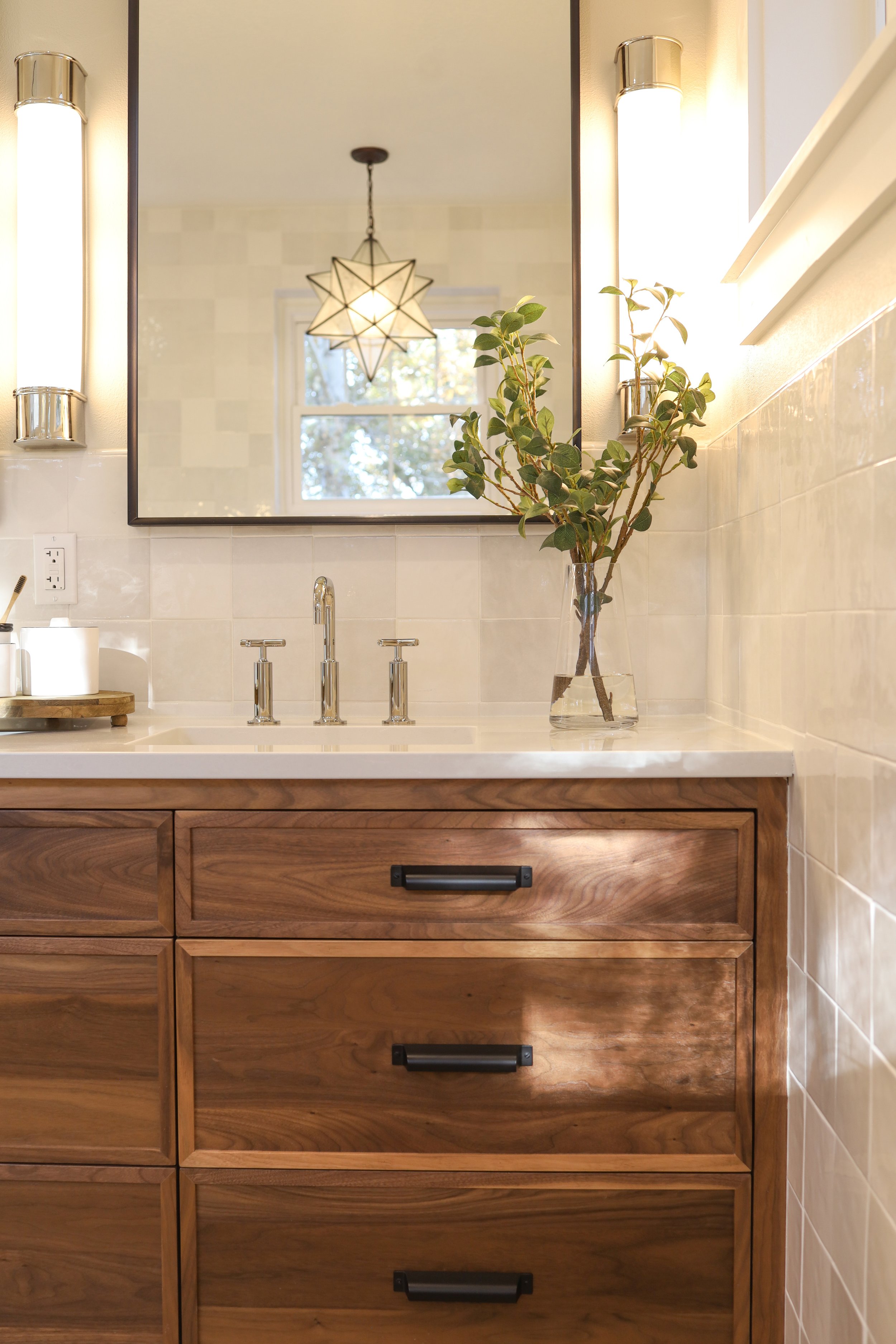Bringing the Outdoors In: Biophilic Design for Well-Being in Utah
With the cold Utah winter around the corner, bringing nature inside can be a greatly beneficial design tactic to your living space. Biophilic design is a design trend that focuses on incorporating natural elements and the principles of nature into interior spaces. The term "biophilia" refers to humans innate connection with nature and the idea that we have an inherent need to be in proximity to natural elements. Biophilic design seeks to create environments that embrace this connection, promoting well-being, productivity, and a sense of harmony. Bluerock partners with many great designers who can incorporate these design principals in your current home or future build.
Incorporating Natural Materials
Biophilic design uses natural materials such as wood, stone, bamboo, and cork in interior spaces. These materials not only provide visual appeal but also offer tactile and sensory experiences, connecting occupants with the natural world.
Indoor Plants and Greenery
The use of indoor plants is a prominent feature of biophilic design. Plants introduce elements of nature into interior spaces, improve air quality, and create a calming and rejuvenating atmosphere. Living walls, potted plants, and vertical gardens are common elements in biophilic design.
Natural Light and Views
Maximizing natural light and providing views of outdoor landscapes are essential in biophilic design. Large windows, skylights, and strategically placed mirrors are used to bring in natural light, while framed views of greenery, water features, or outdoor scenery create a strong connection to nature.
Water Features
The inclusion of water features such as fountains, ponds, or indoor waterfalls can have a soothing and calming effect, mimicking the sights and sounds of natural bodies of water.
Organic Shapes and Patterns
Biophilic design incorporates organic shapes and patterns inspired by nature. Curved lines, fractal patterns, and biomorphic designs are used in furniture, textiles, and artwork to create a sense of natural harmony.
Natural Colors
The color palette in biophilic design often includes earthy tones like greens, browns, and blues. These colors are reminiscent of the natural world and help create a calming and grounding atmosphere.
Texture and Tactility
Incorporating various textures, such as natural fabrics, rough stone, smooth wood, or soft fur, allows occupants to engage their sense of touch and connect with nature on a sensory level.
Multi-Sensory Experiences
Bophilic design aims to engage multiple senses, including sight, touch, smell, and sound. Aromatherapy and soundscaping are often used to enhance the sensory experience and create a more immersive connection to nature.
Designing for Comfort and Relaxation
Biophilic design promotes the creation of comfortable and inviting spaces that encourage relaxation and well-being. Cozy seating, soft furnishings, and the use of natural scents are elements that contribute to comfort.
Spatial Layout and Flow
The layout of a space in biophilic design often mimics natural settings, with the inclusion of meandering paths, nooks, and open areas. This layout encourages exploration and relaxation.
Cultural and Regional Context
Biophilic design can be adapted to different cultural and regional contexts, incorporating elements from your local Utah environment, traditional practices, and regional symbolism.
The benefits of biophilic design are numerous and include reduced stress, increased productivity, enhanced creativity, improved air quality, and an overall sense of well-being. By reconnecting people with nature in their built environments, this design trend seeks to address the growing disconnection from the natural world, promoting physical and mental health in the process.







